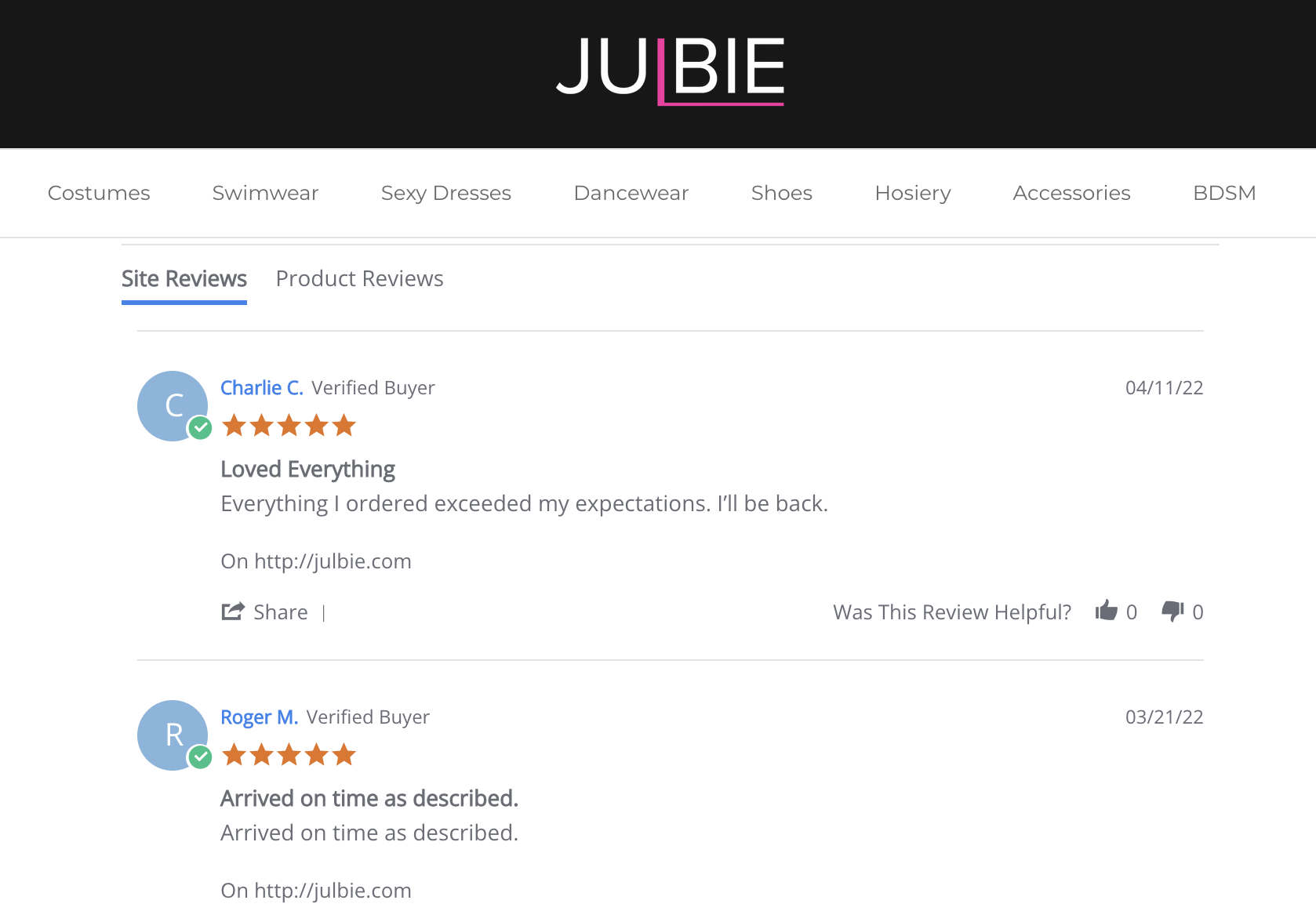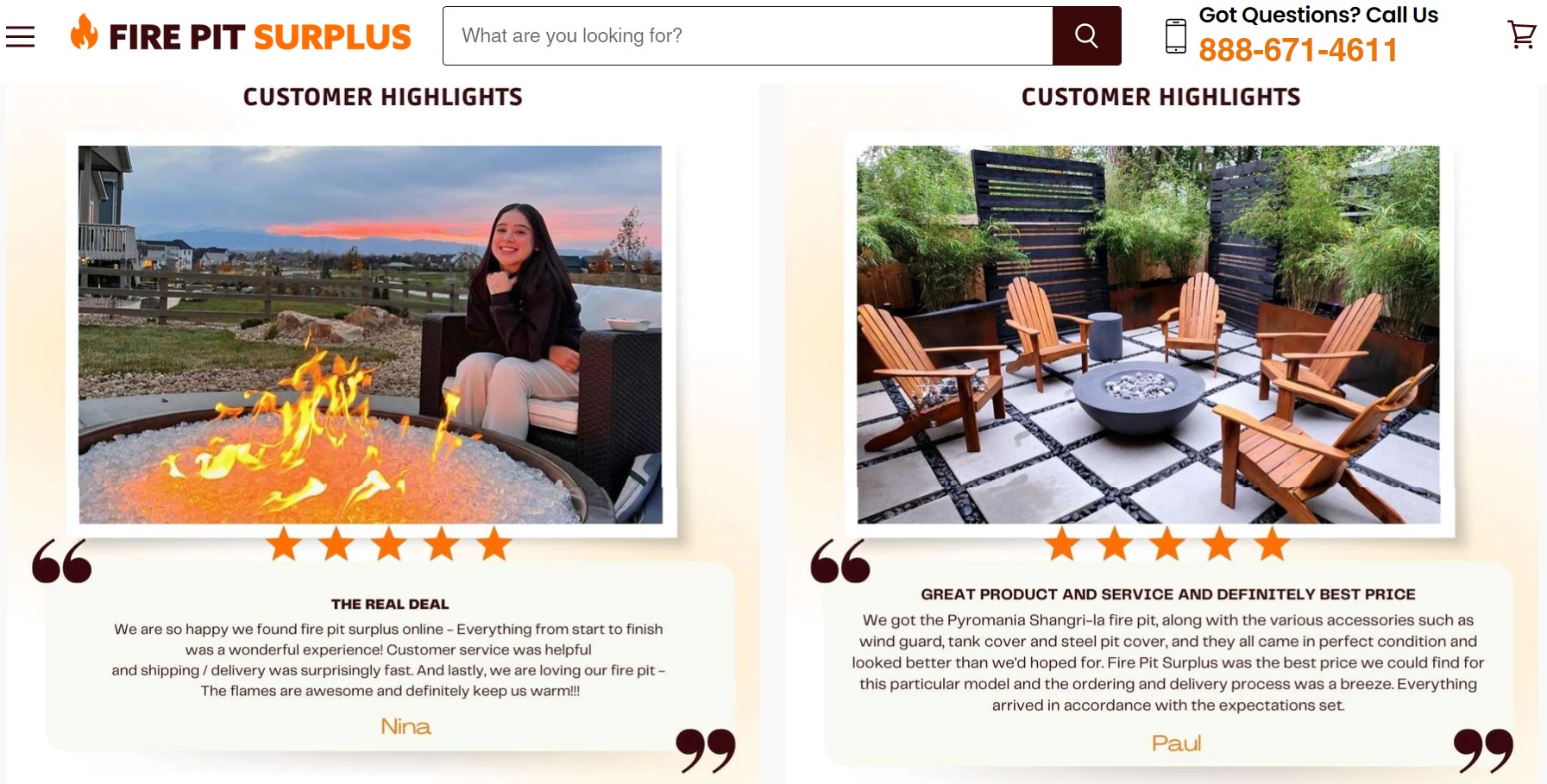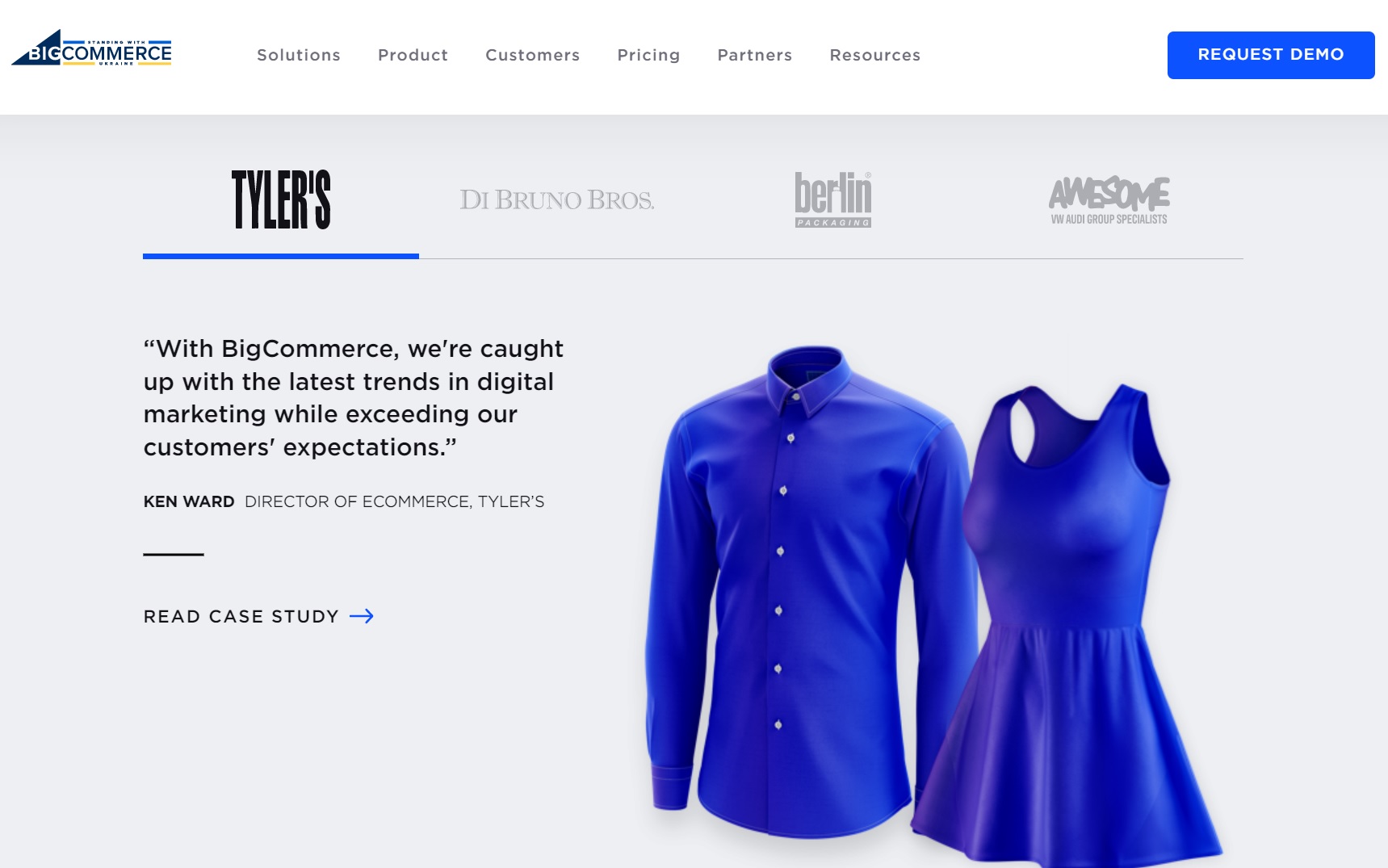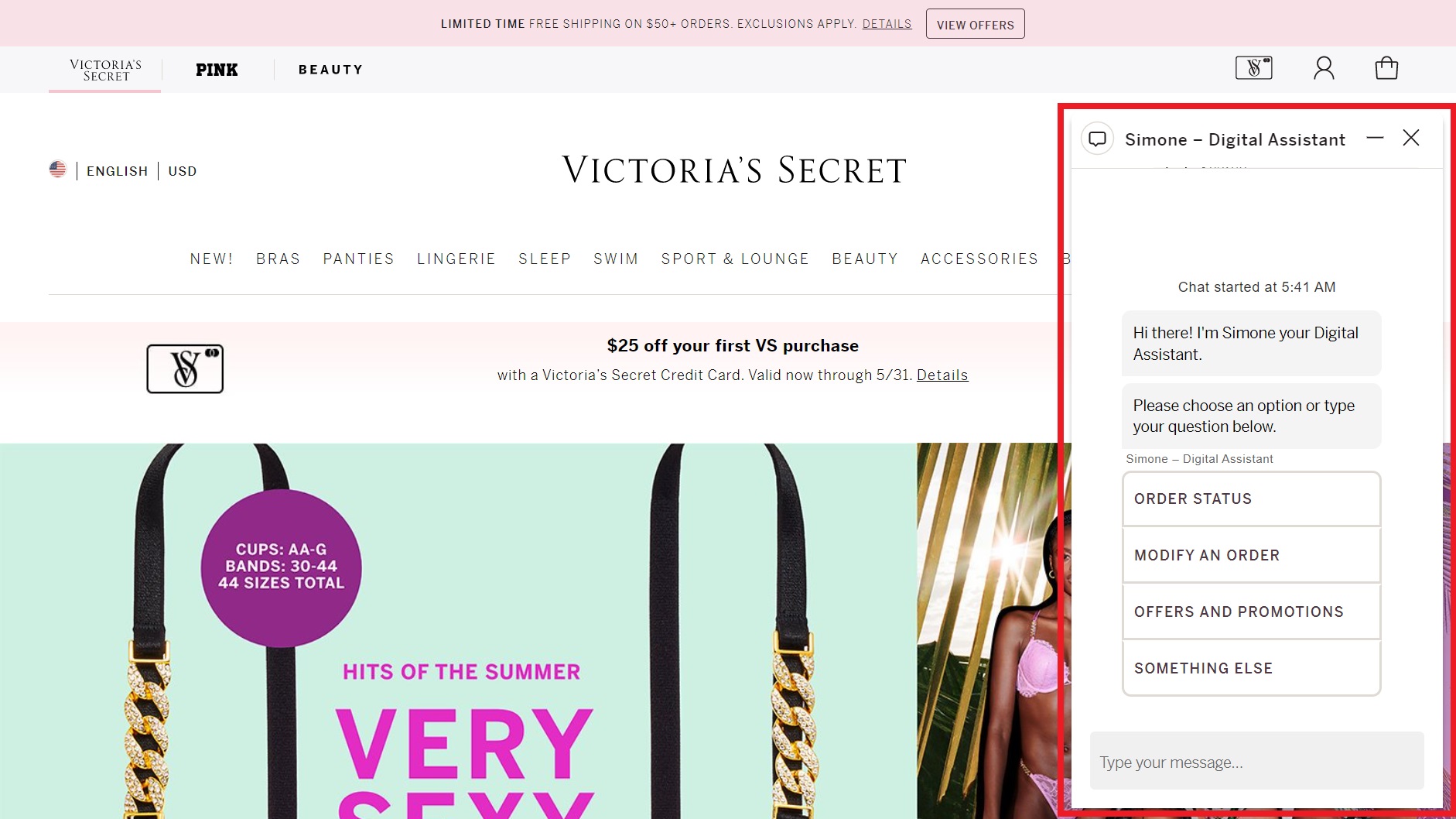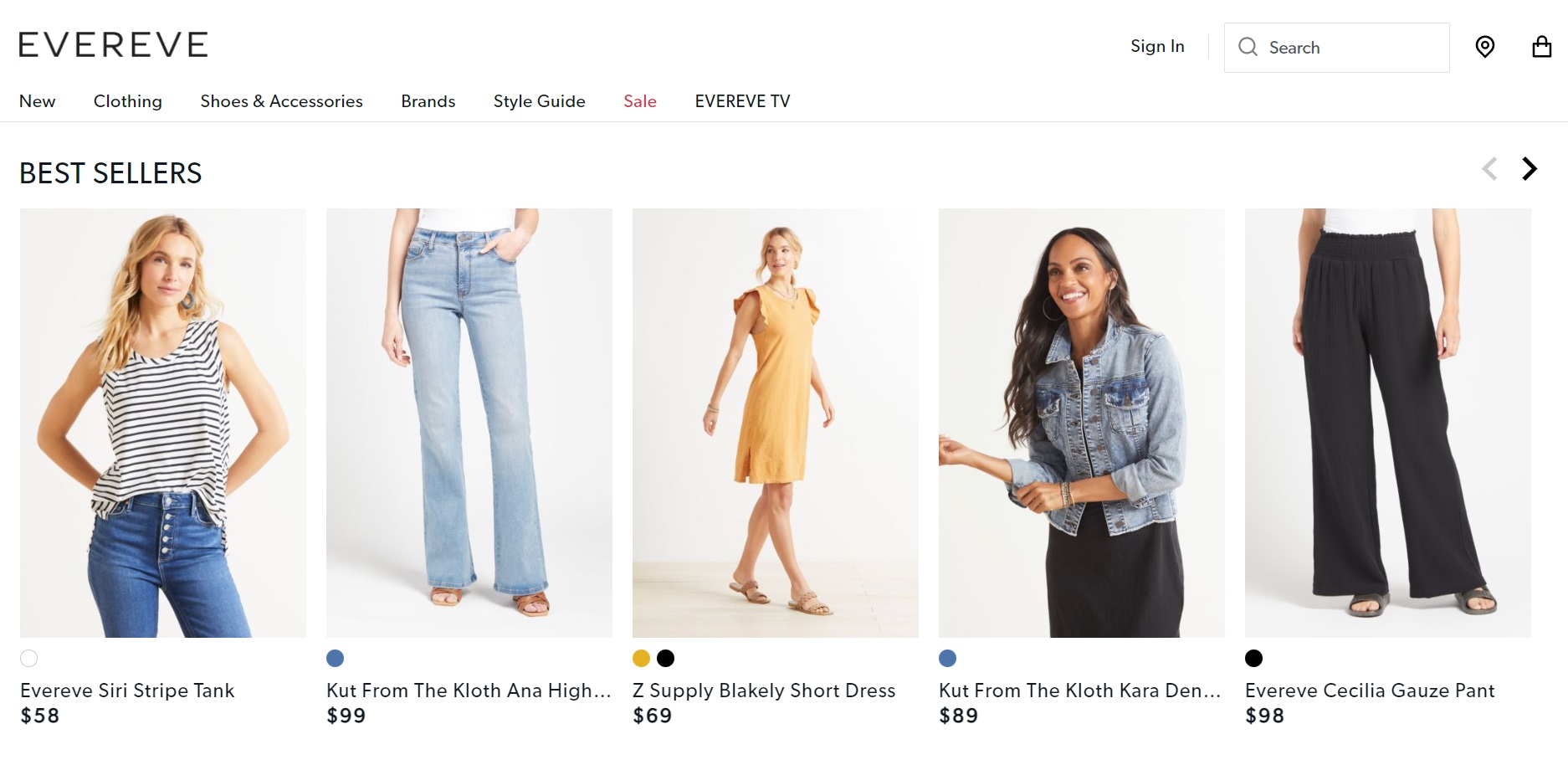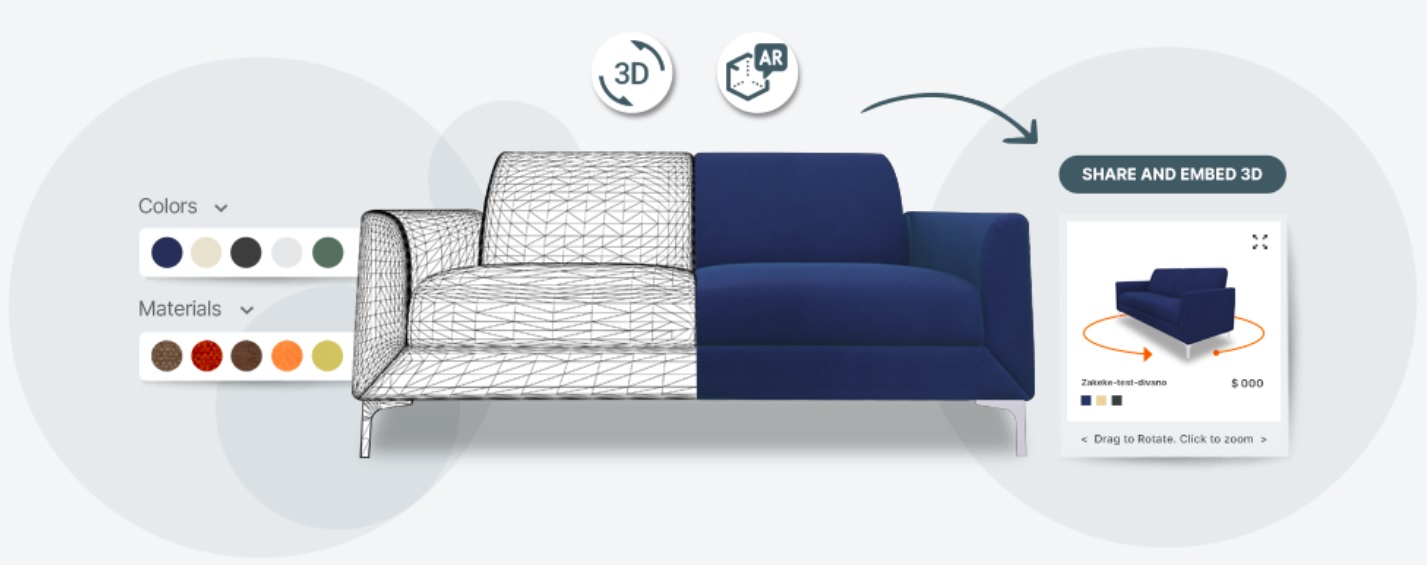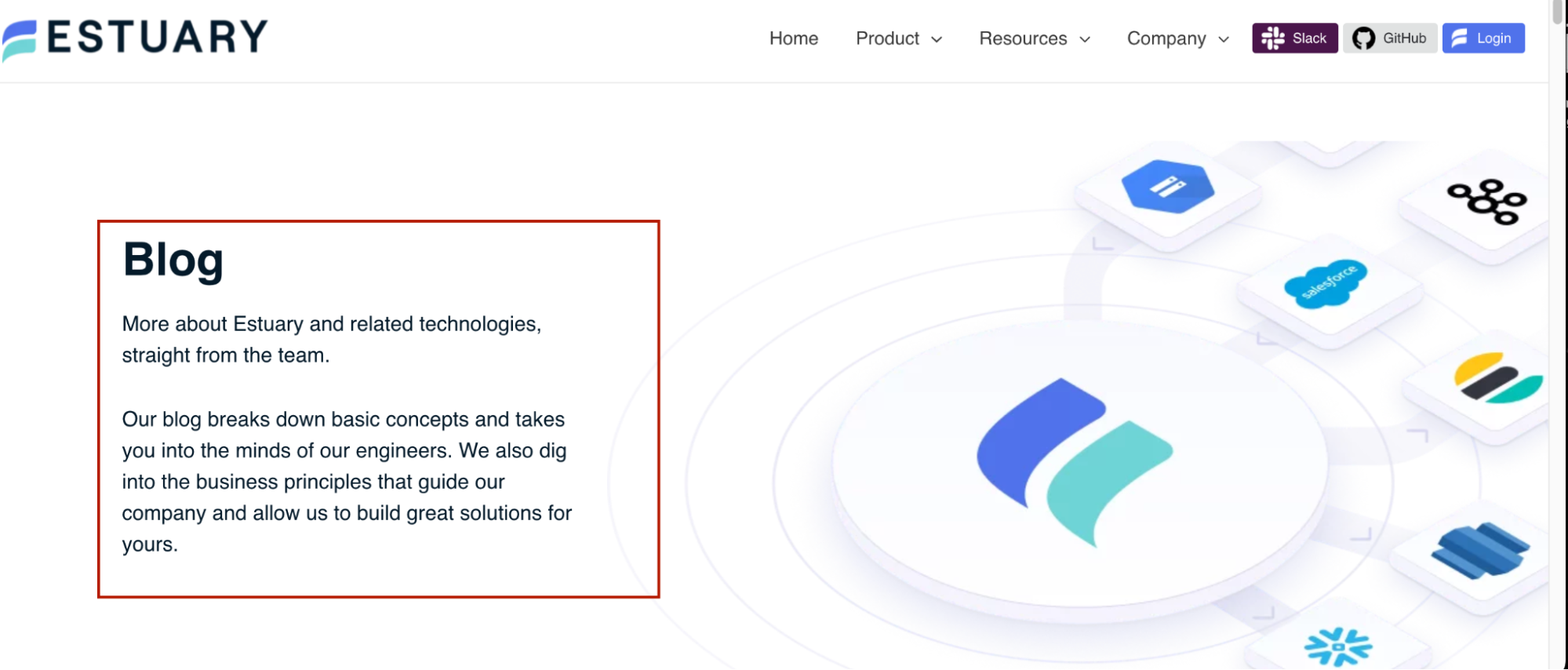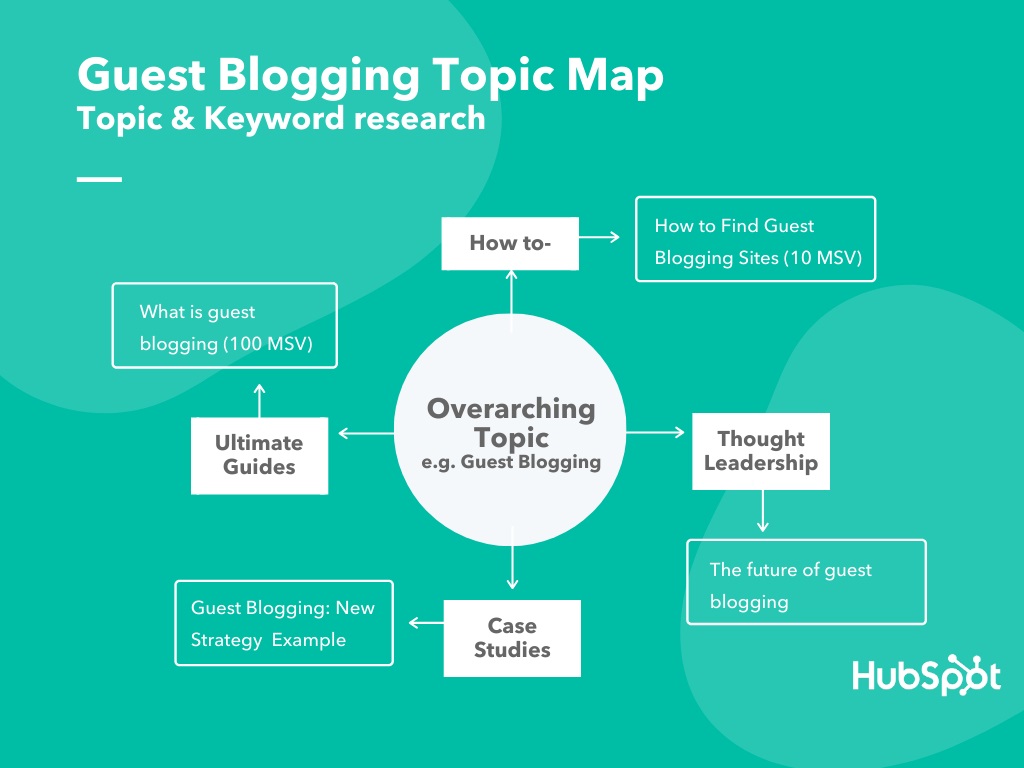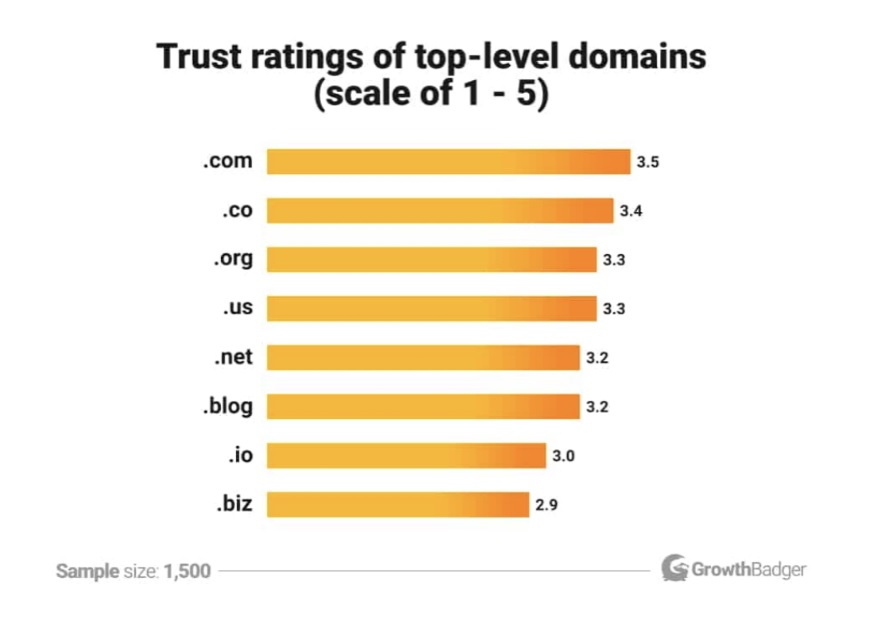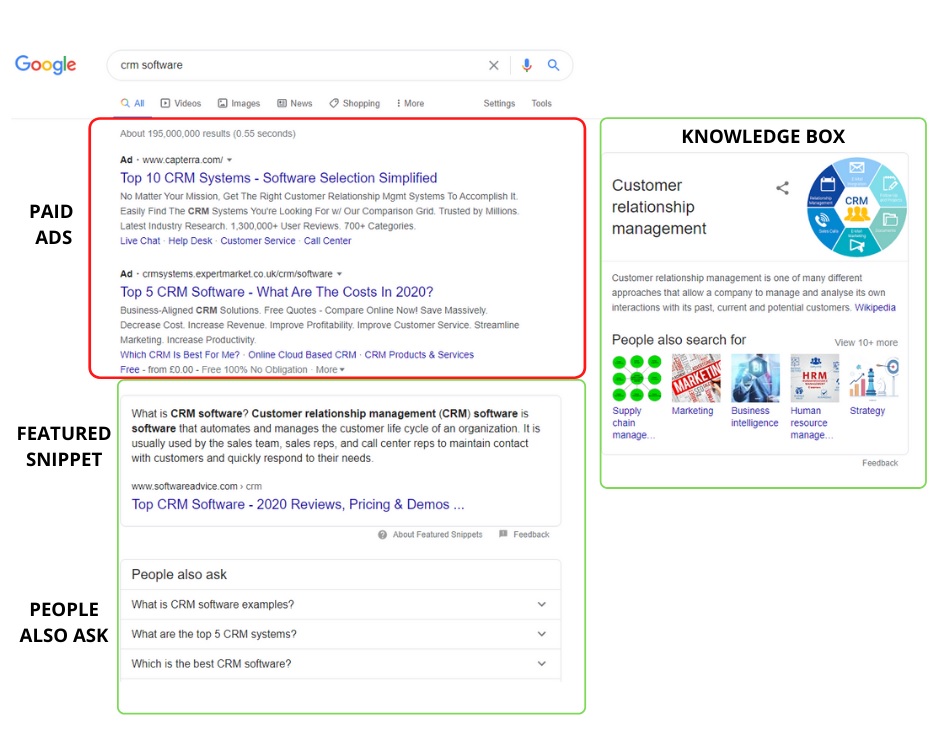
Building a solid brand image and reputation lets your target audience know more about your online presence. It establishes credibility and authority within your industry and with customers. However, building brand awareness and managing an online reputation are two different digital marketing strategies. To leverage both seamlessly, you’ll need online reputation management.
By default, online reputation management (ORM) focuses on addressing and protecting your brand’s online reputation from negative reviews on forums, review sites, and other online platforms.
Versatility is its biggest advantage, which means you can combine it with other marketing trends and strategies. This post will highlight five of the proven effective marketing strategies you can combine with an online reputation management campaign to strengthen your brand awareness.
Follow them properly, and it will surely increase your customer trust and credibility further. I have included examples to make the information easier to digest.
How To Improve Your Brand Awareness Using Online Reputation Management
1. Build A User-Centric Design
Brand awareness refers to the level of consumer knowledge and familiarity with the business and its products. There’s no better place to upload and streamline all your brand’s accurate information than your website. Since this is an exclusive space for your brand, ensure that the web design matches it for consistency.
Brand awareness refers to the level of consumer knowledge and familiarity with the business and its products. There’s no better place to upload and streamline all your brand’s accurate information than your website
Also, ensure the balance of the site’s functionality and content for ease of use. A general rule of thumb for content: you should only include what you want to be known for or what your business can provide. Providing false information or promises can lead to the immediate downfall of businesses, so avoid it at all costs.
Make it more engaging by using visual elements. Adding original images may be expensive and labor-intensive, but it will save you from facing authenticity issues in the future. If you don’t have the money to hire professionals, you can choose any online free tool to get the perfect look for your images.
The website also acts as your business card. So, don’t forget to include your contact information:
- Phone
- Social media profiles
Successfully creating an engaging website and uploading the right contact information will make it easier for potential customers to do business with you.
2. Leverage Testimonials
No matter how hard you work to create the most positive and unique customer experience, you can’t avoid receiving negative customer feedback or bad reviews from your customers. The good news is that you can open opportunities to increase positive feedback or efficient response to a negative review.
Online reviews are very powerful. Negative statements can seriously damage your business, no matter how few they are. To counteract them, add social proof to your website.
Testimonials unbiased statements from your top customers. Since they received firsthand positive experience of your brand, they can write recommendations with utmost honesty and transparency. This type of reputation content receives higher conversion rates – from prospects, new customers, to patrons.
My favorite example of this is Julbie, the lingerie brand. They’ve dedicated a page just for testimonials where customers can freely give their feedback and prospects can check for product and service quality. The great thing about their review is that they indicate if the feedback is from a verified buyer and include a star rating.
There are different types of testimonials. Here, I’ll discuss 4 popular types with examples.
2.1 Quote Testimonials
The most common type of testimonials seen on the homepage of your website. It usually contains an image (customer or purchased product), the customer’s name, and the company.
2.2 Video Testimonials
The most persuasive type of testimonial. Since people see an actual customer’s face, their message becomes more trustworthy, relatable, and memorable. You can also add it to your social channels to broaden its reach and visibility.
2.3 Image Testimonials
This is ideal for any brand that wants to showcase its customers’ results after using its products or services. This is mostly used for beauty products and construction businesses (renovations of backyard patio heater, before-and-after results of skincare products, etc.).
2.4 Case Study Testimonials
The most complex form of a testimonial, but proven effective in engaging consumers to get in-depth details of your customer’s success stories. Creating a dedicated web page is recommended.
Testimonials are not limited to your top customers. You can also ask your long-time employees to leave testimonials. This is an excellent way to give your prospects a deeper insight into your brand culture.
You can add this to your website by coding or linking third-party review sites like Glassdoor, LinkedIn, etc.
3. Add An eCommerce Page
Third-party review sites like Yelp and Google Review help a consumer make a faster purchase decision with greater confidence. However, the large volume of customer reviews makes it difficult to track and respond to all the feedback about your brand or products and services.
If you’re an online retailer, you can create a shortcut by adding an eCommerce page to your website and equipping each product page with an online review management module. This module is part of an online reputation management campaign that provides customers with a clear channel to leave star ratings and honest comments. If you’re having trouble creating this eCommerce page, consider using the services of a digital marketing agency which can help in the web development.
A clean and organized interface makes it easier for business owners or site administrators to monitor and respond to criticisms. Whether you receive negative or positive reviews, you have to respond to them fast. Additionally, when handling a negative sentiment, it’s best to show your genuine desire to address and resolve their concerns.
Excellent quality customer service is always the best strategy to maintain the brand’s positive digital reputation and increase word-of-mouth referrals. Another essential element you should create is a personalized shopping experience.
eCommerce personalization is a proven marketing strategy to stand out from the competition, and here are a few ideas for your eCommerce site.
3.1 Create Unique Welcome Greetings
Welcome messages make customers and visitors feel appreciated. It also allows you to introduce your brand and set its expectations formally. You can include a welcome gift and a call-to-action to increase the engagement rate.
You can apply the welcome messages on your chat support (live or AI chatbot) and other marketing campaigns (email, text, etc.).
For added convenience, you can build a mobile version of your eCommerce site so that your customers can browse your catalog and purchase anywhere and anytime they want. Building an application can be challenging, you can always outsource the software development to third-party development experts or hire an in-house team.
3.2 Offer Product Recommendations
Use eCommerce tools that use an AI-driven engine that provides unique recommendations based on the customer’s interest, past purchases, or browsing behavior.
3.3 3D And AR Viewer
Make your product page interactive using 3D and AR visualization. With simple clicks, your customers can view each product from all points of view and various colors and materials.
3.4 Add A FAQ Page
To manage expectations, you can also add a Frequently Asked Questions page to let potential customers know about the product quality, manufacturing information, target product users, product approval certificates, and other important information they might ask about before buying a product.
The best example of this is how Green Supply, a facemask supplier, listed down all the initial questions a potential buyer will have so they’ll know what to expect from the product. They’ve also included their email address so prospects can contact them for queries not listed in the FAQs page.
4. Make A Blog
Search engines like Google, Bing, and Yahoo are designed with unique algorithms, but all with the same goal – to provide the most relevant content for every user’s search query. This also means they prefer fresh content.
Therefore, you can remove negative content from the search result by regularly posting positive content. Adding too much information to your website homepage only leads to overcrowding and thus lowers the chance of your visitors remembering any of it. A blog is the best section to add for sharing informative content.
Content creation in blogs requires more creative thinking to ensure your target audience loves them. At the same time, it should match their needs, interests, and other preferences. My favorite example of a blog that checks all the requirements is Everytalent’s blog on Recruiting Operations. You can study how they did their piece and apply it when making your own.
However, for more technical industries like an IT development service, you can leverage blogs to tell the audience about the guiding principles you follow when building a tech project. This is exactly what Estuary Flow did. This data pipeline tool leveraged their blog to explain the basic concepts they follow as well as the business principles they live by when developing a project.
Engaging content receives more attention and interest from your audience. You can make it more enticing by adding other types of content to cater to users in different stages of the customer journey. Here are a few to give you an idea:
- Podcasts
- Interviews
- Infographics
- Video tutorials
- Inspirational stories
If you don’t want to add a blog section, you can always write high-quality content for other websites as a guest blogger. Guest blogging is another content marketing strategy to help you grow your brand and customer base.
Most websites accept How-To guides as guest blogs. Pitch this type of blog as one of the choices when reaching out to a website. To give you an idea of a How-To guide should look, IntercoolStudio provides an excellent example with their How To Start A SaaS company post.
The ultimate key to getting accepted as a guest blogger is creating a post that fits the blog owner’s requirements and their audience’s interest. I’ve listed below the best type of content to write that gets more brand awareness and traffic are listed:
- eBook
- Case study
- Product reviews
- Product comparison posts
- Educational slideshows (check SlideShare for inspiration)
5. Get A Good Domain Name For Your Brand
The domain name may not affect your ranking on search engine result pages (SERPs), but it remains an important factor for establishing your brand identity and authority. You should secure a domain name that matches your brand so users and search engines can quickly recognize them.
Remember that internet users only take milliseconds to decide whether to learn more about your brand or find something else. Therefore, you have to keep it short and on point; around one or two words are sufficient. Domain names that are too long and bland are challenging to remember.
Also, domain names with an exact match to your brand are beneficial for search engines’ navigational search queries. This is a type of internet search to find a specific web page or site.
Lastly, match your domain name with a top-level domain (TLD). The .com TLD extension is the most recommended because it’s widely accepted to foster credibility and a positive reputation for companies and other commercial entities using it. Not to mention, they are the easiest to remember (most people assume a website always ends in .com).
Another reason to choose .com TLD is to prevent anyone from using it against you. Some individuals use your exact brand name as a domain name to tarnish your business reputation or to take advantage of your customer pool. Since domain names with .com extensions are the most accessible and recognized, your customers may fall for the scam.
So, registering your name with it will undoubtedly save your business in the long run.
What To Do If Your Brand Name Is Common
There are multiple ways to create a killer domain name for a common brand name, and one is to use your business name. Your business name and domain name don’t need to match, but you can make an exemption since it still represents your company.
If the matching domain name is not available, you can add a relevant keyword or select other popular TLD extensions like “.net” or “.org”.
6. Create Official Social Pages
Today, 4.62 billion people worldwide use social media platforms. That’s why it has become a popular tool for startup and small business owners to run their brand awareness campaigns.
You can also use them to introduce your newest products or offers, announce promotions, and share relatable stories about your brand (achievements, employee activities, etc.).
Brand impersonators also exist on social media channels. Therefore, it’s wise to secure your brand’s social media accounts before anyone can create a false profile. You can look at the top brands like Nike, Slack, and Starbucks for inspiration.
You can start with the registration and set up your business profile when you’re ready. As a standard, you need to include the following in creating your business profile, ensure to include the following:
- Relevant profile photo and cover page
- Business name for the main profile name
- A username that is most relevant to your brand or business (all social media accounts should have the same username)
- Link your website to your social pages
- A professional bio that reflects your brand goals and your unique selling points
In writing your professional bio, you should include audience-specific keywords and add a personal touch to make it relatable. Like your username, ensure that all the information you have included is consistent across your social accounts.
Social media platforms can also work the same as the website – publishing fresh content regularly can bury all negative search results. By default, you can use social media marketing tactics to build a solid community by creating compelling and shareable content with influencer marketing or TikTok marketing.
To make the most out of the resources you already have, repurpose your blog content. You can summarize the main points of the blog post you chose in text form or as an infographic.
There are different types of social media posts you can create and share. But before choosing one, ensure to determine what motivates your target audience to share digital content. Are they looking for entertainment, inspiration, or a solution to a specific problem?
No matter what it is, it would help if you used those in developing your content. Assuming you successfully identify the motivation, here are other popular social media posts you can consider writing:
- eBooks
- Case study
- Video content (live and recorded)
Don’t forget to add relatable hashtags. These help people discover posts, topics, and conversations on the platform. The number of hashtags you use has an impact on the engagement rate.
To give you an idea, I’ve shared a screenshot that shows the impact on your engagement based on the number of hashtags you have used on Twitter. Since most social media platforms have a strict character count limit, you need to make the hashtag short and meaningful. Once a user clicks a hashtag, it will show them everything and everyone connected to it.
It would be best if you created a hashtag that matches your brand or anything relevant to the message you want to convey. Then, check the Explore tab and search for your chosen hashtags. You need to see how people use those hashtags.
If they use it in a different context, it’s wise to choose another. Assuming you’ve set up everything, you can use a hashtag tracking tool that offers in-depth research of new content ideas and performs social listening to monitor their performance.
Running social media accounts can be time-consuming. Fortunately, lots of online tools can help you manage your accounts, from planning to content creation. I’ve listed down the popular options:
- Grammarly: Create compelling and mistake-free content
- Analytics and reporting tools: Get a clear understanding of your content’s performance across all social platforms (provide real-time results). Also, it helps you determine what type of content best works for your brand.
- Google alerts: Set to notify you whenever your brand receives a new mention or shows up on search results.
- Social media management platform: An all-in-one tool for monitoring, scheduling, and automating your social media posts.
Most of these tools are free, so you have nothing to worry about. Social network platforms are a place full of criticisms. One way to handle them is to offer a heartfelt apology and share your improvement plans.
5 Remove Negative Search Results Using SEO
Search engine optimization (SEO) and online reputation management strategies cannot remove any negative piece in Google search results pages and other SERPs. SEO works mainly to optimize the website to increase its visibility on search engines. While online reputation management works to counteract negative trends and content about your brand by filling the SERPs with positive content.
But when combined, they can do so. ORM uses SEO to run successful reputation and brand awareness campaigns. Aside from optimizing all the SEO aspects of your website (every web page), it can also boost your social profiles for better discovery.
Apart from your website and social media channels, you can also leverage other off-site platforms. This may mean more jobs to do, but it’s certainly worth it to generate additional buzz. Here are a few of the good options:
- News sites
- Business directories
- Content marketing outlets
Make sure all your business profiles are complete and updated. Also, search engine result pages are divided into different sections. Ensure to cover all of them by creating the necessary content.
Removing negative search results is a challenging feat. You can refer to the screenshot (sample SERP) above to give an idea about what types of content you should create. If those SEO tactics are not enough, I’ve included more to ensure you will suppress malicious search results in no time.
- Perform in-depth keyword research (medium and long-tail keywords are recommended)
- Get authoritative backlinks for all your positive content
- Optimize Google My Business listing
- Optimize your website for mobile and voice search
Conclusion
Businesses with strong and positive reputations always attract more people. Providing top-notch quality products and customer service is the major key to success. It isn’t easy to put down a company that prioritizes its customers’ needs and well-being.
However, people will always have something negative to say no matter what you do. That’s why it’s wise to regularly monitor what others are saying about your brand so that you can respond to them accordingly. When dealing with a negative result, you can contact the website’s author and request to remove the article/review.
The only downside of this option is your request can get rejected. This is why online reputation management strategies remain the best option for removing harmful content. The tactics I’ve discussed in this post are only a few of the effective techniques to boost brand awareness and online reputation.
Need more proven strategies for social media and digital marketing? Check out our blogs to get more actionable insight into growing your brand.
